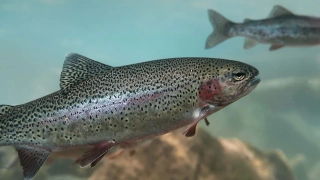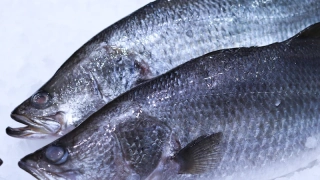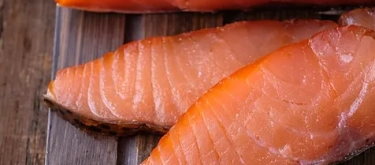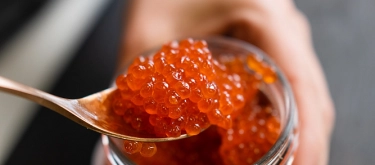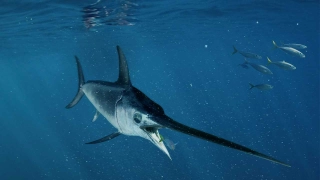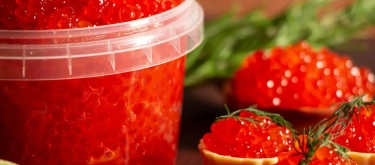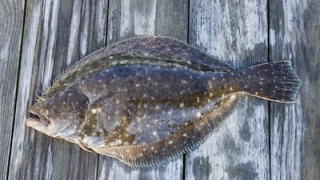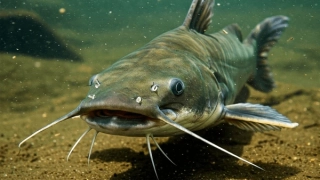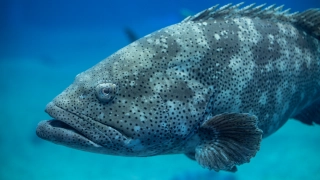Salmon: Taste Profile, Aroma, Benefits and Health Risks
Salmon refers to several species in the genus Salmo (Atlantic salmon, Salmo salar) and Oncorhynchus (Pacific species such as Oncorhynchus kisutch – coho, Oncorhynchus tshawytscha – chinook, Oncorhynchus nerka – sockeye, etc.). It is one of the world’s most iconic fish, central to cuisines of Northern Europe, North America, Russia, and Japan. Salmon is prized for its rich taste, nutritional value, and culinary versatility, appearing in everything from sushi and smoked delicacies to grilled steaks and soups.
Salmon is generally safe and highly nutritious, but individuals with fish allergies must avoid it. Mercury levels in salmon are lower than in large predatory fish, making it safe for most populations, including pregnant women, when eaten in moderation. However, farmed salmon may contain higher levels of contaminants such as PCBs if not sourced responsibly.
What does Salmon taste like?
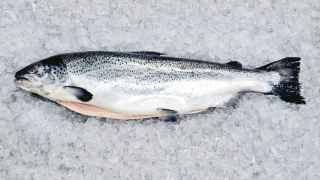
Complete Sensory Description
-
Taste: Rich, buttery, and mildly sweet, with more pronounced flavor than trout but less strong than mackerel.
-
Aroma: Fresh, clean, slightly oceanic, stronger when smoked.
-
Texture: Tender yet firm, with high fat content giving a silky mouthfeel; flakes easily.
-
Appearance: Ranges from pale pink to deep red, depending on species and diet; becomes opaque and lighter when cooked.
In-depth Flavor Analysis
The distinctive richness of salmon comes from its high lipid content, particularly omega-3 fatty acids (EPA and DHA). These fats contribute to buttery mouthfeel and depth of flavor. Astaxanthin, a carotenoid pigment derived from crustaceans in the salmon’s diet, gives wild salmon its red-orange color and imparts subtle sweetness and antioxidant properties. Wild salmon often has firmer flesh and more intense flavor, while farmed salmon is typically fattier with a milder taste. The balance of amino acids such as glutamic acid, glycine, and alanine enhances umami and sweetness. Cooking methods strongly influence sensory qualities: grilling accentuates umami and caramelization, while smoking adds complexity and depth.
Varieties and Culinary Applications
-
Atlantic Salmon (Salmo salar): Predominantly farmed, milder flavor, softer texture.
-
Pacific Salmon (Oncorhynchus spp.): Includes chinook, sockeye, coho, pink, and chum; wild-caught species generally firmer and more intense.
Culinary uses:
-
Raw as sushi or sashimi.
-
Smoked, both hot and cold, as a delicacy.
-
Grilled or baked fillets with herbs and lemon.
-
Poached for delicate texture.
-
Canned as a long-lasting pantry staple.
Selection and Storage
-
Look for bright-colored flesh with moist, firm texture.
-
Avoid fillets with dullness, browning, or excessive liquid.
-
Store fresh salmon at 0–4°C and consume within 2 days.
-
Freeze at –18°C for several months; smoked salmon has longer refrigerator shelf life.
Nutritional Insights
Salmon is exceptionally rich in omega-3 fatty acids, vitamin D, and high-quality protein. It supports cardiovascular health, reduces inflammation, and promotes brain function. Wild salmon is generally leaner with higher micronutrient density, while farmed salmon provides more consistent fat content. Regular salmon consumption is associated with reduced risk of heart disease and improved cognitive health.
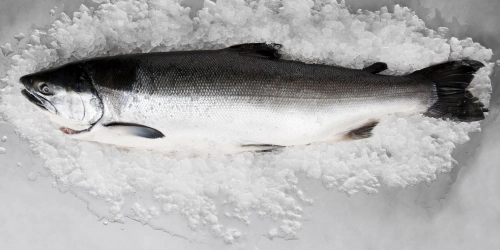
Expert Insights & Culinary Tips
Chefs recommend cooking salmon to medium doneness to preserve juiciness and buttery flavor. Acidic pairings (lemon, capers) balance richness, while creamy sauces complement its fat content. Smoking techniques unlock deep, savory notes, making salmon one of the most versatile fish in gastronomy.
Interesting and Curious Facts
-
Salmon are anadromous: they hatch in freshwater, migrate to the sea, and return to rivers to spawn.
-
Indigenous cultures in North America and Russia have long revered salmon as a sacred and staple food.
-
Norway and Chile are among the largest producers of farmed salmon, dominating global markets.
Harm and Dietary Considerations
-
Farmed salmon may contain higher levels of pollutants like PCBs if not sustainably raised.
-
Overconsumption of smoked salmon can contribute to high sodium intake.
-
Individuals with fish allergies must strictly avoid salmon.
Religious Dietary Considerations
Salmon is halal in Islam, kosher in Judaism (if properly scaled), and widely consumed in Christian fasting traditions. It is also permitted in Hindu and Buddhist diets that include fish.
Sustainability & Fishing Practices
-
Wild salmon populations are under pressure from overfishing, habitat destruction, and climate change. Strict quotas and seasonal closures aim to protect spawning runs.
-
Farmed salmon is controversial: while efficient, it raises concerns about disease spread, pollution, and feed sourcing. However, newer closed-containment and eco-certified farms (e.g., ASC-certified) improve sustainability.
-
Consumers are encouraged to choose wild salmon from certified sustainable fisheries (e.g., Alaska) or responsibly farmed salmon with certifications such as ASC or MSC.
Final Thoughts & Sensory Journey
Salmon unites richness, versatility, and cultural importance. Its buttery sweetness, vibrant color, and nutritional benefits make it one of the most celebrated fish worldwide. Balancing taste with sustainability ensures salmon remains a responsible choice for future generations.
Resources
-
Kurlansky, M. (2020). Salmon: A Fish, the Earth, and the History of a Common Fate. Patagonia Books. ISBN 978-1938340864.
-
Montgomery, D. R. (2003). King of Fish: The Thousand-Year Run of Salmon. Westview Press. ISBN 978-0813340730.
-
Gross, M. R. (1998). One species with two biologies: Atlantic salmon (Salmo salar) in the wild and in aquaculture. Canadian Journal of Fisheries and Aquatic Sciences. DOI: 10.1139/f98-083.
-
FAO Fisheries and Aquaculture Reports on Salmon (Salmo salar, Oncorhynchus spp.).
-
Naylor, R. L. et al. (2021). A 20-year retrospective review of global salmon aquaculture. Nature. DOI: 10.1038/s41586-021-03308-6.
